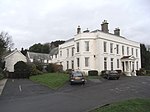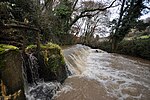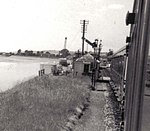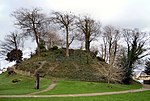Pilton Community College
Academies in DevonBuildings and structures in BarnstapleDevon building and structure stubsSecondary schools in DevonSouth West England school stubs ... and 1 more
Use British English from February 2023
Pilton Community College is a coeducational secondary school located in the Pilton area of Barnstaple in the English county of Devon.Previously a community school administered by Devon County Council, Pilton Community College converted to academy status on 1 July 2011. The school is now sponsored by Ventrus Multi Academy Trust.Pilton Community College offers GCSEs, BTECs and ASDAN courses as programmes of study for pupils. The school is also a specialist language college.
Excerpt from the Wikipedia article Pilton Community College (License: CC BY-SA 3.0, Authors).Pilton Community College
Chaddiford Lane, North Devon Pottington
Geographical coordinates (GPS) Address Phone number Website External links Nearby Places Show on map
Geographical coordinates (GPS)
| Latitude | Longitude |
|---|---|
| N 51.08795 ° | E -4.06947 ° |
Address
Pilton Community College
Chaddiford Lane
EX31 1RB North Devon, Pottington
England, United Kingdom
Open on Google Maps








